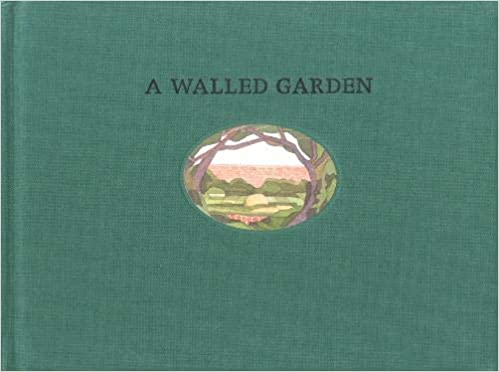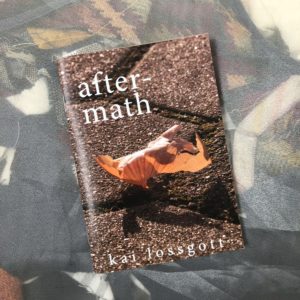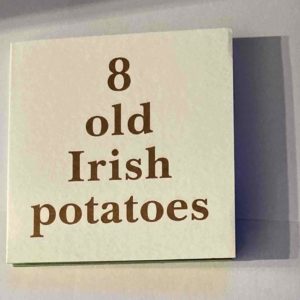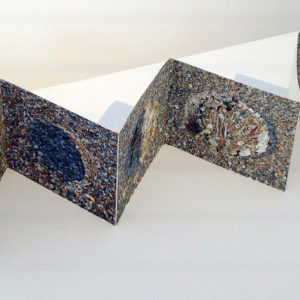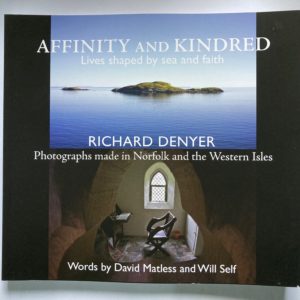£75.00
Coracle Press
A Walled Garden: : A History of the Spandau Garden in the Time of the Architect Albert Speer, 2019
Ian Hamilton Finlay & Ian Gardner
Edition of 500
Number of pages: 196
Dimensions: 230mm x 170mm
Hardback
Description
‘Coracle Press: A Walled Garden’ reproduces for the first time the complete set of watercolours from the early nineteen eighties that Ian Gardner made in collaboration with Ian Hamilton Finlay for the unpublished book, ‘A Walled Garden: A History of the Spandau Garden in the Time of the Architect Albert Speer’. Finlay conceived the project after corresponding with the former Third Reich architect in the late 1970s, shortly after the publication of Clara and Richard Winston’s English translation of ‘Spandau: The Secret Diaries’ (1976), Speer’s clandestine record of his twenty-year imprisonment in Spandau prison from 1946 to 1966, where one of his main pre-occupations was the making of a secret rubble garden from the debris of the courtyard. … with an extensive commentary by Ross Hair.
About Coracle Press
Coracle Press is a small and completely individual publishing press which has been operating for over 35 years.. Writer and artist Erica
Van Horn and poet, artist and editor Simon Cutts, direct it now from a small
farm between the hills of South Tipperary, Ireland. They have been there since 1996. However, they began in London in the nineteen seventies, as publisher, gallery,
and a space for books. Their last London book shop project project was ‘workfortheeyetodo’ in the mid-nineteen nineties. They also had a Norfolk connection. They worked out of a studio in Docking and between 1989-2012, printing many of their works from a printer, Crome and Akers, based in King’s Lynn.
From their remote spot in Ireland, they continue as printer-publisher, editor of
spaces. They describe their practice as ’employing many of the devices and formats of hypothetical
publishing inherent in the small press’. Their books have both critical and playful
dimensions. But they are also steeped in poetry – they call it a residue of poetry – concerned with the mechanisms of the book as a manifestation of the poem
itself. They are also mindful of their many collaborations with other artists and writers, which evade any clear category.
Being open to new ideas and approaches marks all their projects. Limiting their scope or over-categorising their content or defining their range does not interest them.
The books themselves are not so concerned with craft tradition,
limited-ness of edition, hand-made paper or elaboration of binding. While each one has its unique character and appearance, what they want to achieve is the plain and simple case-bound book, the sewn paperback. They are working constantly at extending the category of ephemera. Making quirky visions, askance views, eccentric perceptions widely available is what they are all about.
Visit their blog at www.somewordsforlivinglocally.com

